Game improvement irons have always been the hallmark of Ping and the latest generation of these is the Ping G400.
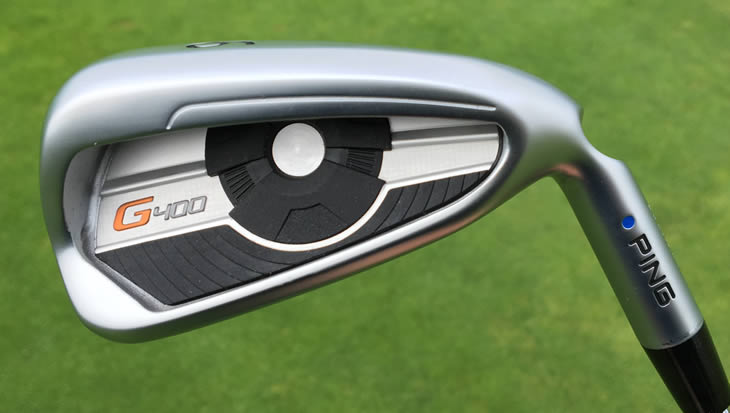
Having ditched the number with the previous Ping G irons, it is back in the successor and, as happens in more cases than you think, there is apparently no reason for choosing 400 apart from the fact they liked it.
What you will also like is the forgiveness that these irons provide thanks to several key technical improvements from the previous model.
The COR-Eye that came over from the G-Max to the G iron continues and is now part of a face that is 40% thinner as Ping has used Hyper 17-4 stainless steel in order to enable it to flex more at impact.
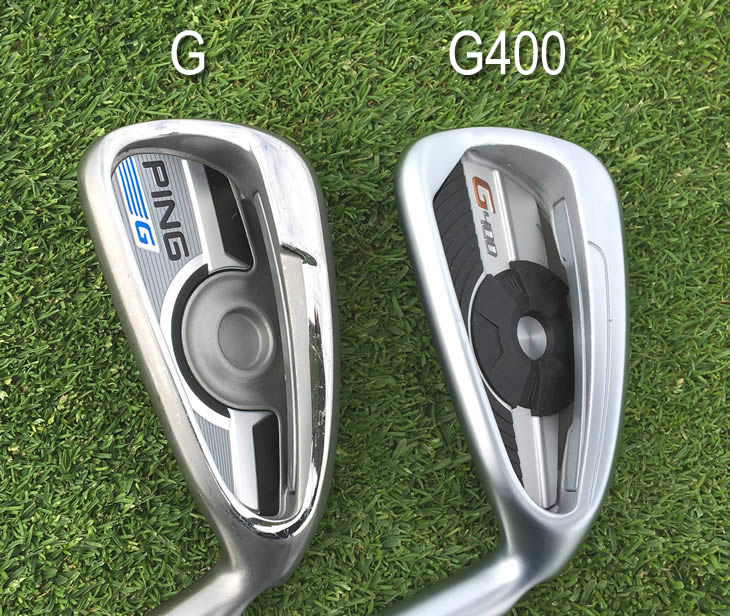
In fact the face bends 18% more and there is more of an undercut under the top of the iron to facilitate this and free up some weight to move into the sole.
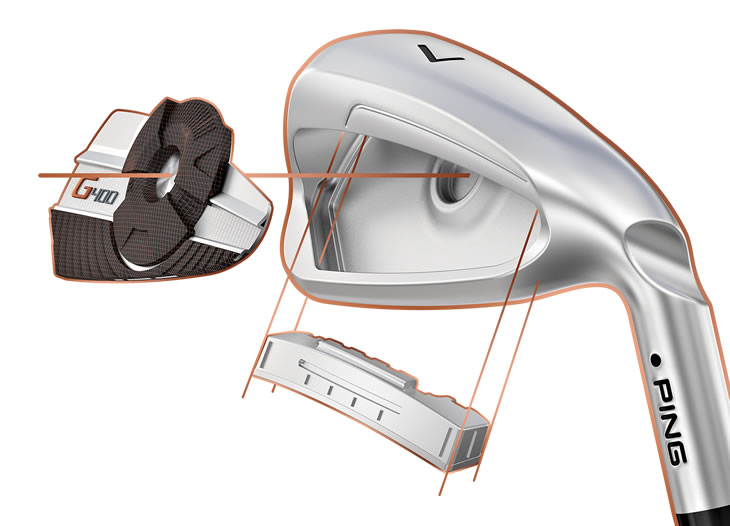
Behind this in the cavity sits a new badge that is the full width of the space available rather than fitting around the COR-Eye as before.
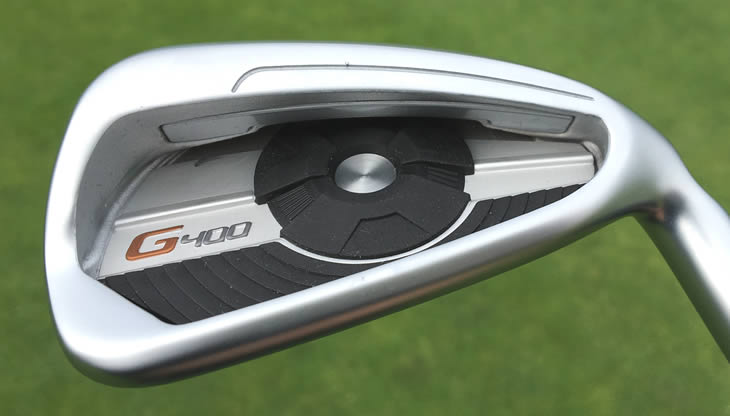
The stand out feature is the black circle over the plastic COR-Eye which has a slightly rubberised feel to it and dampens down vibrations to refine the sound and feel.
Also in the cavity is the Custom Tuning Port (CTP) which you should be familiar with by now as it has been around in all Ping's irons for a while.
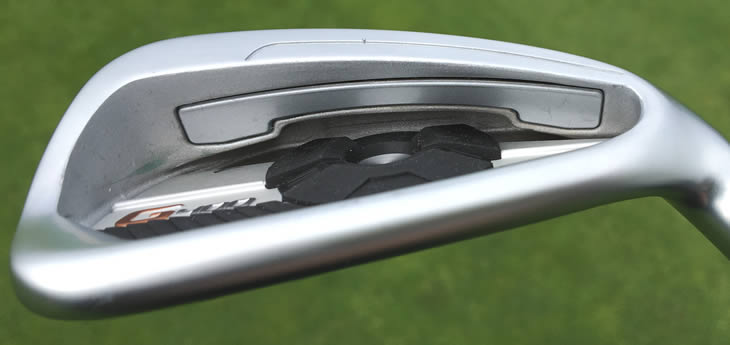
Like the G iron the CTP is concealed in the trailing edge of the cavity from where it modifies the swing weight to give the right balance to the club through impact of D0 as standard in the 4 to 8 irons, before increasing up to D2 in the P and U wedges.
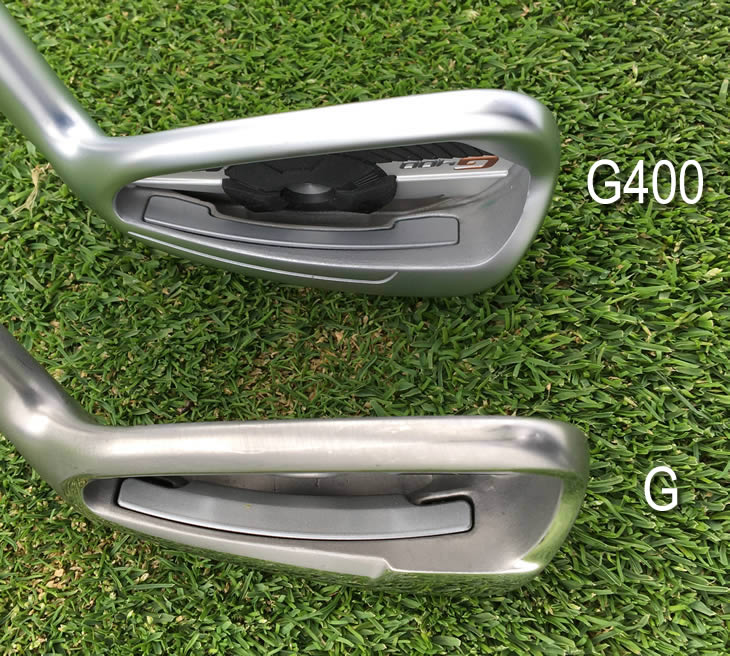
That aside the shape of the G400 irons is not too dissimilar to the G, with a generous sole that is ideally cambered to go through the turf from all sorts of lies.

The G400 irons comes with the now standard silver Hydropearl Chrome finish that not only looks better, but is supposed to reduce friction by 40% through the turf and repel water to improve launch spin in wet and rough.
The Hydropearl brings the G400 into line visually with the rest of the Ping irons and will enable it to blend in with other clubs such as the Ping Glide 2.0 wedges if you wanted to mix and match.
The aim of all this tech is to launch the ball higher and with more forgiveness so I took the G400 and G irons on GC2 with Pro V1x balls to see if that was the case.
Starting with the wedge, the numbers were pretty similar, which is not altogether surprising given the amount of loft, but it was noticeable that the carry was the same from the lower spinning G400 wedge.
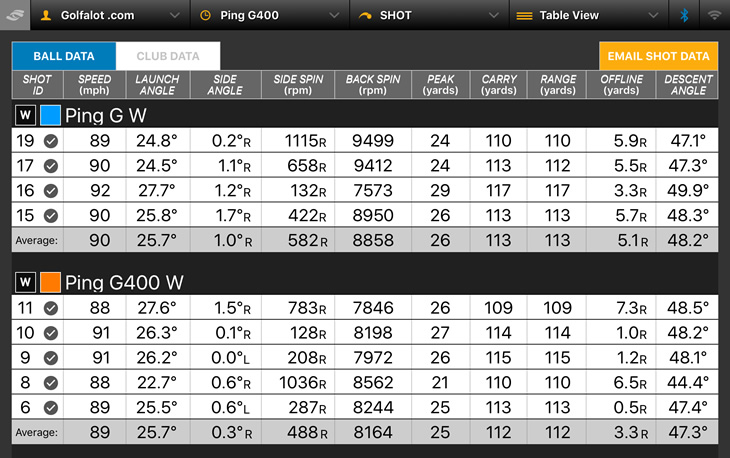
Moving on up to the 6-iron comparison and the G400 starts to show its true colours delivering an extra 1mph ball speed on average. With a similar launch it was peaking out at 1 yard higher, giving a 1° steeper launch to help that stopping power.
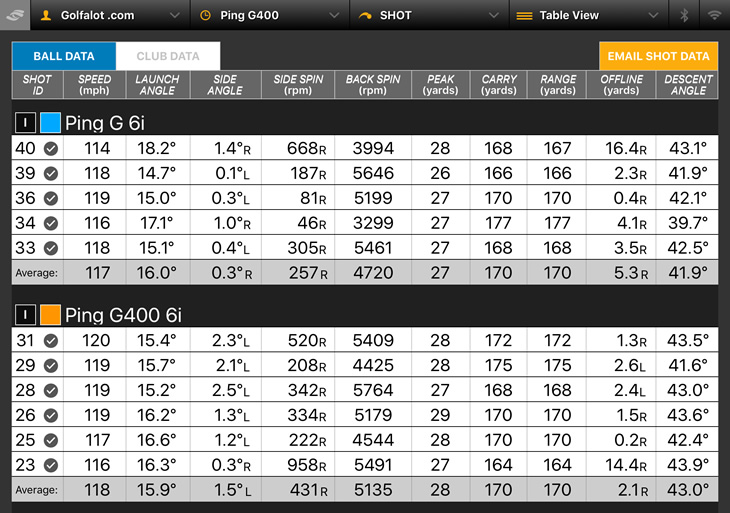
Whilst I was getting more spin, Ping say I should have been getting less, so that could just be the vagaries of live testing. However despite that the accuracy was a lot better so the extra forgiveness in the design seemed to be working.
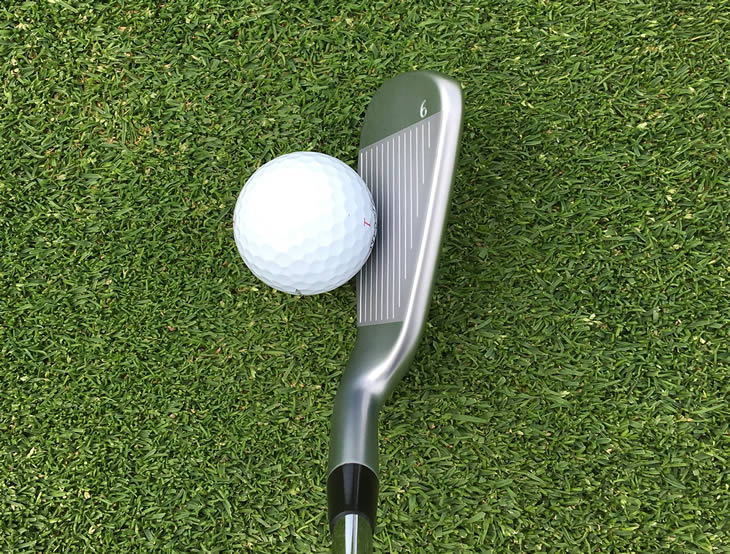
The larger badge improves the sound and feel of the G400 over the G as it more solid than before, especially in the mid to short irons. As the cavity gets larger from the 6-iron upwards it sometimes sounds a touch more hollow, but that is to be expected.
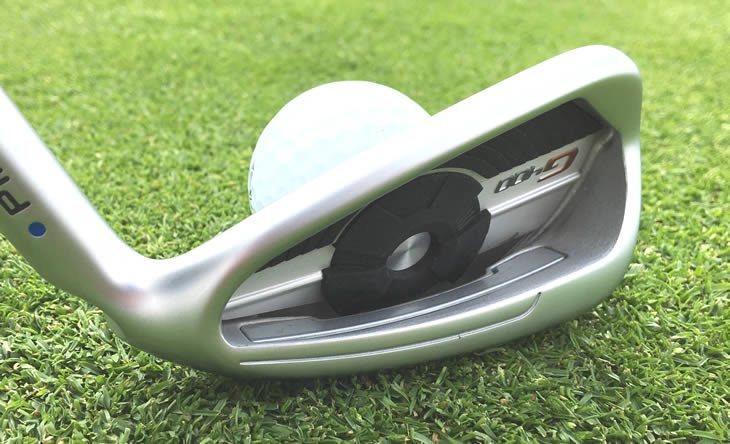
The G400 irons come with the same Ping AWT 2.0 steel shaft as before that uses 'Ascending Weight Technology', which translates as lighter shafts in the longer irons getting steadily heavier as you move to the short irons in order to maximise club head speed and accuracy.

The set lofts are the same as before, but through Ping custom fitting there is also the option to go for the 'Power Spec' where the 4 to 7-irons have their lofts cranked stronger by 1.5°, the 8 and 9 irons by 1° and the wedges 0.5°.
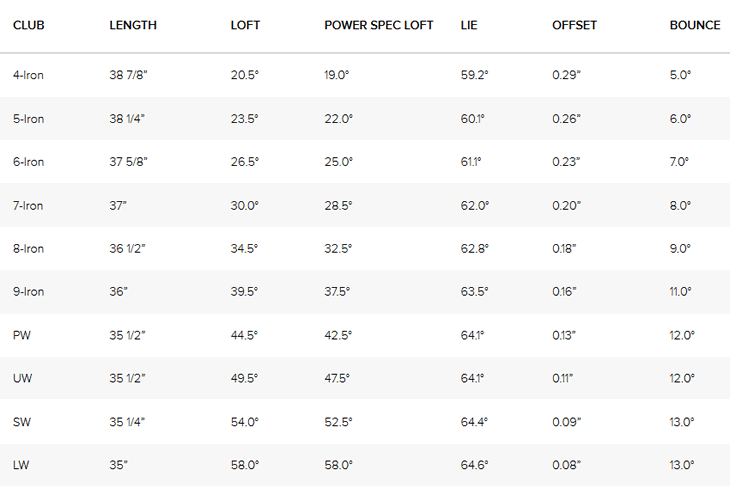
It might sound tempting, but you do still need to get the ball launching correctly and then landing steep enough to stop, so this is probably only for high swing speed or high spin players, but the nice chaps at Ping will help you with that.
Whatever the loft the G400 irons continue the reintroduction of numbers on the face, which will be great for your opponents in match play.
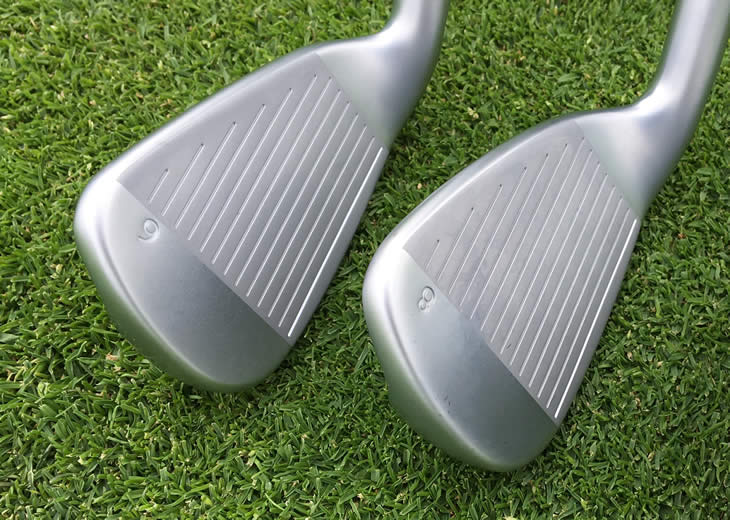
It would be easy to pick these off the shelf and waggle them and put them back as the looks are understated, but they are a slow burner and after a few goes I was growing fondly warm of the G400 irons.

As usual with Ping the G400 is a high quality iron with a very forgiving design that produces consistently good results with better sound and feel as before, something Ping seem to do with each iteration of their G irons (not just the one called G).
It's the sort of iron that you think should be mid to high handicapper game improvement, but actually the G400 could be played by players of most levels down to single figures and that is probably one of the best things you can say about it.